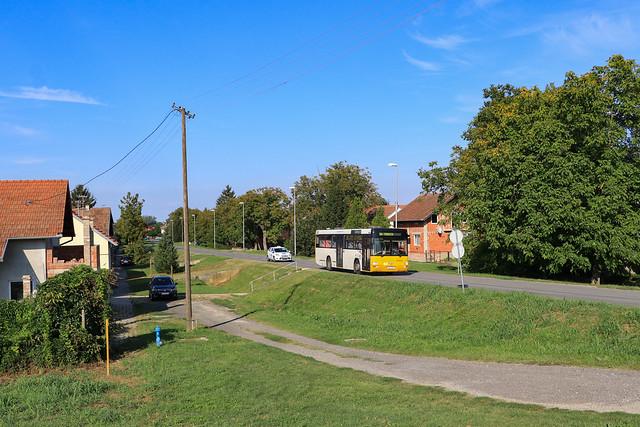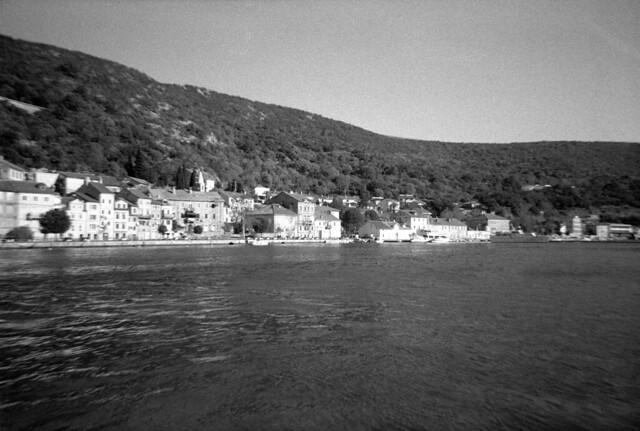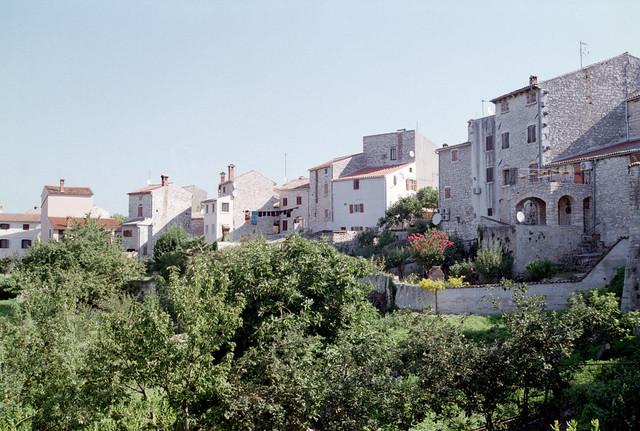Gradska četvrt Donji grad
Overview
Overview of Donji Grad
Donji Grad, or Lower Town, is a vibrant district in the heart of Zagreb, Croatia's bustling capital. This part of the city is renowned for its stunning architecture, blending historical and modern styles that reflect Zagreb's rich cultural heritage. The atmosphere here is lively and dynamic, making it a perfect destination for travelers seeking to immerse themselves in the local way of life. The streets are lined with charming cafes, boutiques, and galleries, inviting exploration and discovery at every corner.
Historical Significance
The history of Donji Grad dates back to the 19th century when it was developed as a response to the growing population of Zagreb. The area was designed as a modern urban space, featuring wide boulevards and green parks. One of the most notable landmarks is the magnificent Trg bana Jelačića, the main square named after a prominent Croatian ban. This square serves as a central hub for social gatherings, cultural events, and everyday life, making it an essential stop for any visitor. The architecture in this area boasts a mix of neoclassical and art nouveau styles, with buildings like the Croatian National Theatre and the University of Zagreb showcasing the city’s historical depth.
Cultural Highlights
Culture thrives in Donji Grad, with numerous museums, galleries, and theaters that reflect the artistic spirit of Zagreb. The Museum of Broken Relationships is a unique and poignant attraction, offering visitors a glimpse into love and loss through personal artifacts and stories. Additionally, the Art Pavilion hosts various contemporary art exhibitions, while the Croatian Museum of Naïve Art celebrates the work of self-taught artists. The district is also home to the Lotrščak Tower, which offers panoramic views of the city and plays a significant role in Zagreb's history by marking the time with its cannon fire.
Parks and Green Spaces
One of the defining characteristics of Donji Grad is its abundance of parks and green spaces. The Zrinjevac Park is a beautiful oasis featuring lush greenery, fountains, and walking paths, making it a popular spot for leisurely strolls or picnics. The park is lined with impressive trees and is often filled with locals enjoying the outdoors. Another notable park is Tomislavac Park, which offers a serene atmosphere and is located near the stunning Art Pavilion. These green spaces are perfect for unwinding after a day of sightseeing and provide a glimpse into the local lifestyle.
Local Cuisine and Dining
No visit to Donji Grad would be complete without indulging in Croatian cuisine. The district is home to various restaurants and cafes, serving traditional dishes that reflect the country’s culinary heritage. Be sure to try štrukli, a delicious dish made of dough filled with cheese, typically baked or boiled. The local markets, such as the Dolac Market, offer fresh produce and artisanal products, providing a taste of authentic Croatian flavors. Many eateries also serve delightful pastries and coffee, making it a great place to relax and soak in the atmosphere.
Shopping and Entertainment
Donji Grad is also a shopping haven, featuring a mix of high-end boutiques, local crafts, and international brands. The pedestrian zone along Ilica Street is particularly lively, offering a variety of shops and eateries. As the sun sets, the district comes alive with nightlife, from trendy bars to intimate music venues. The Zagreb Philharmonic and various theaters host performances that showcase the city's artistic talents, ensuring that there’s always something to enjoy after a day of exploration.
In summary, Donji Grad is a captivating blend of history, culture, and modern life. Its picturesque streets, vibrant atmosphere, and rich local traditions make it an essential part of the Zagreb experience for any traveler looking to uncover the heart and soul of Croatia's capital.
Other towns or cities you may like in Croatia
Explore other cities that share similar charm and attractions.





